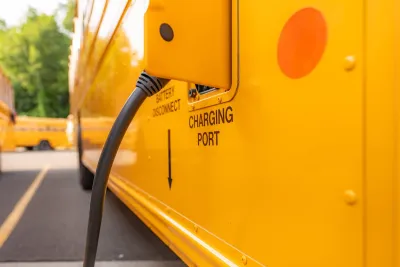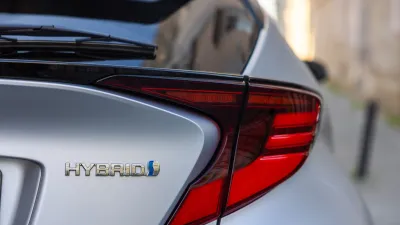Pittsburgh Public Schools has launched its first electric school buses, with plans to fully electrify its fleet over the next 14 months, aiming to create a cleaner, more sustainable transportation system supported by new charging infrastructure.

Pittsburgh Public Schools has officially introduced its first fleet of electric school buses, marking a major step in the district’s move toward cleaner and more sustainable student transportation. Sixteen electric buses are now in operation, with an additional 45 planned for deployment soon. The initiative is part of a broader partnership with First Student, the district’s transportation contractor, which is leading the effort to modernize the fleet and reduce emissions.
These electric buses use battery-powered motors and regenerative braking technology, which captures energy from braking to extend the vehicle’s range. Smaller type-A buses can travel up to 80 miles per charge, while the larger buses arriving later will have ranges of 80 to 140 miles. As reported by Ross Guidotti, a critical part of this rollout has been the installation of high-power charging infrastructure by Duquesne Light, which spent over a year working with First Student to ensure the power needs of the charging stations were met.
The district aims to have its full fleet of electric buses, both large and small, fully operational within 14 months. Leaders from Pittsburgh Public Schools and its partners emphasize that the project is not only about replacing diesel with electric vehicles but also about investing in long-term infrastructure to support sustainability. Superintendent Dr. Wayne N. Walters noted that every mile traveled by the electric buses helps move Pittsburgh closer to becoming a greener, more environmentally friendly city.
FULL STORY: Pittsburgh Public Schools debuts first electric school buses

Alabama: Trump Terminates Settlements for Black Communities Harmed By Raw Sewage
Trump deemed the landmark civil rights agreement “illegal DEI and environmental justice policy.”

Planetizen Federal Action Tracker
A weekly monitor of how Trump’s orders and actions are impacting planners and planning in America.

The 120 Year Old Tiny Home Villages That Sheltered San Francisco’s Earthquake Refugees
More than a century ago, San Francisco mobilized to house thousands of residents displaced by the 1906 earthquake. Could their strategy offer a model for the present?

San Francisco Opens Park on Former Great Highway
The Sunset Dunes park’s grand opening attracted both fans and detractors.

Oregon Legislature to Consider Transit Funding Laws
One proposal would increase the state’s payroll tax by .08% to fund transit agencies and expand service.

Housing Vouchers as a Key Piece of Houston’s Housing Strategy
The Houston Housing Authority supports 19,000 households through the housing voucher program.
Urban Design for Planners 1: Software Tools
This six-course series explores essential urban design concepts using open source software and equips planners with the tools they need to participate fully in the urban design process.
Planning for Universal Design
Learn the tools for implementing Universal Design in planning regulations.
Clanton & Associates, Inc.
Jessamine County Fiscal Court
Institute for Housing and Urban Development Studies (IHS)
City of Grandview
Harvard GSD Executive Education
Toledo-Lucas County Plan Commissions
Salt Lake City
NYU Wagner Graduate School of Public Service





























